
.png)
26-10-23
Tax planning is a crucial aspect of financial success that often gets overlooked. Many people view taxes as a necessary evil and often end up paying more than they need to. However, with a strategic approach and some expert guidance, you can minimize your tax liability and keep more of your hard-earned money. In this guide, we'll walk you through a step-by-step approach to tax planning, ensuring that you're well-prepared for the next tax season.
Step 1: Understand Your Tax Situation
The first step in tax planning is to gain a clear understanding of your current financial situation. This involves assessing your income, expenses, investments, and any potential tax deductions. If you're unsure about your financial standing, it's best to consult with a professional accountant or financial advisor.
Step 2: Set Clear Financial Goals
Before diving into the intricacies of tax planning, it's essential to establish your financial goals. What are you trying to achieve? Whether it's saving for retirement, buying a home, or funding your children's education, your goals will guide your tax planning strategy. Knowing where you want to go will help you determine how to get there.
Step 3: Organize Your Financial Documents
Gather all relevant financial documents, including W-2s, 1099s, bank statements, investment statements, and any receipts for deductible expenses. Proper organization of your financial paperwork makes the tax planning process more straightforward and minimizes the risk of missing out on valuable deductions.
Step 4: Explore Tax-Advantaged Accounts
One of the most effective ways to reduce your tax liability is to invest in tax-advantaged accounts. These may include retirement accounts such as 401(k)s, IRAs, and health savings accounts (HSAs). Contributions to these accounts can lower your taxable income and help you save for the future.
Step 5: Maximize Tax Deductions
Identify all potential tax deductions that apply to your financial situation. Additionally, be aware of any recent tax law changes that may affect your eligibility for specific deductions.
Step 6: Tax-Efficient Investment Strategies
When making investment decisions, consider the tax implications. Some investments may result in capital gains or dividends that are taxed at a lower rate, while others may trigger higher taxes. Diversify your investments to minimize tax exposure and consider tax-loss harvesting to offset gains with losses.
Step 7: Consult a Tax Professional
Tax laws can be complex, and they change frequently. It's highly recommended to consult with a tax professional or certified public accountant (CPA) to ensure you're taking full advantage of available tax-saving opportunities. They can also help you create a tailored tax plan that aligns with your financial goals.
Step 8: Stay Informed and Update Your Plan
Regularly review your tax plan and make adjustments as needed to ensure it continues to serve your best interests.
Conclusion
Tax planning doesn't have to be daunting. By following this step-by-step approach, you can take control of your financial future and minimize your tax liability, ultimately helping you achieve your 360 Accounting services financial goals. Remember that tax planning is an ongoing endeavor, so stay informed and consult with professionals to make the most of your tax-saving opportunities. With proper planning, you can pave the way to financial success and keep more of your money in your pocket.
Read more: 10 Essential Tax Planning Tips for Small Businesses
Tags :


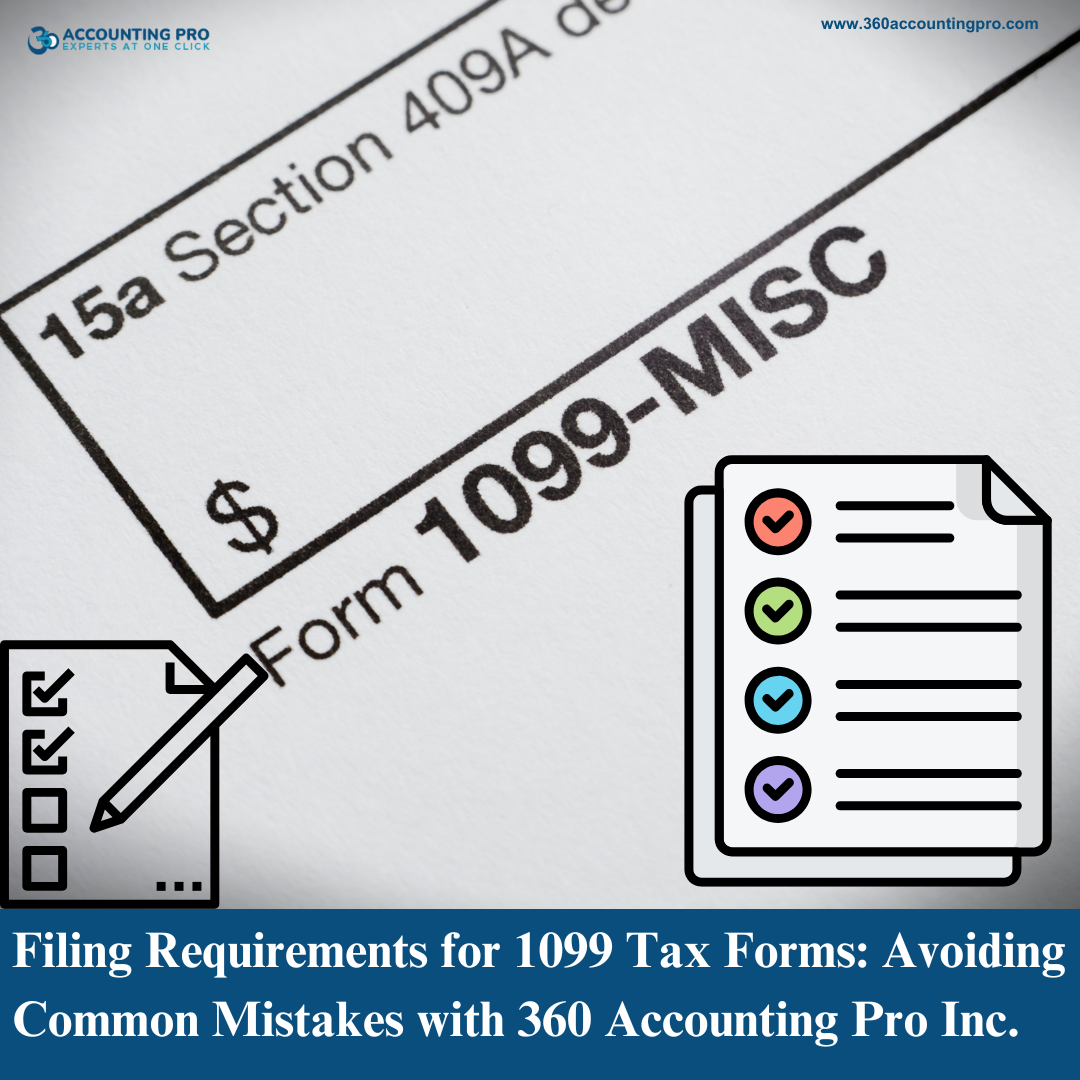


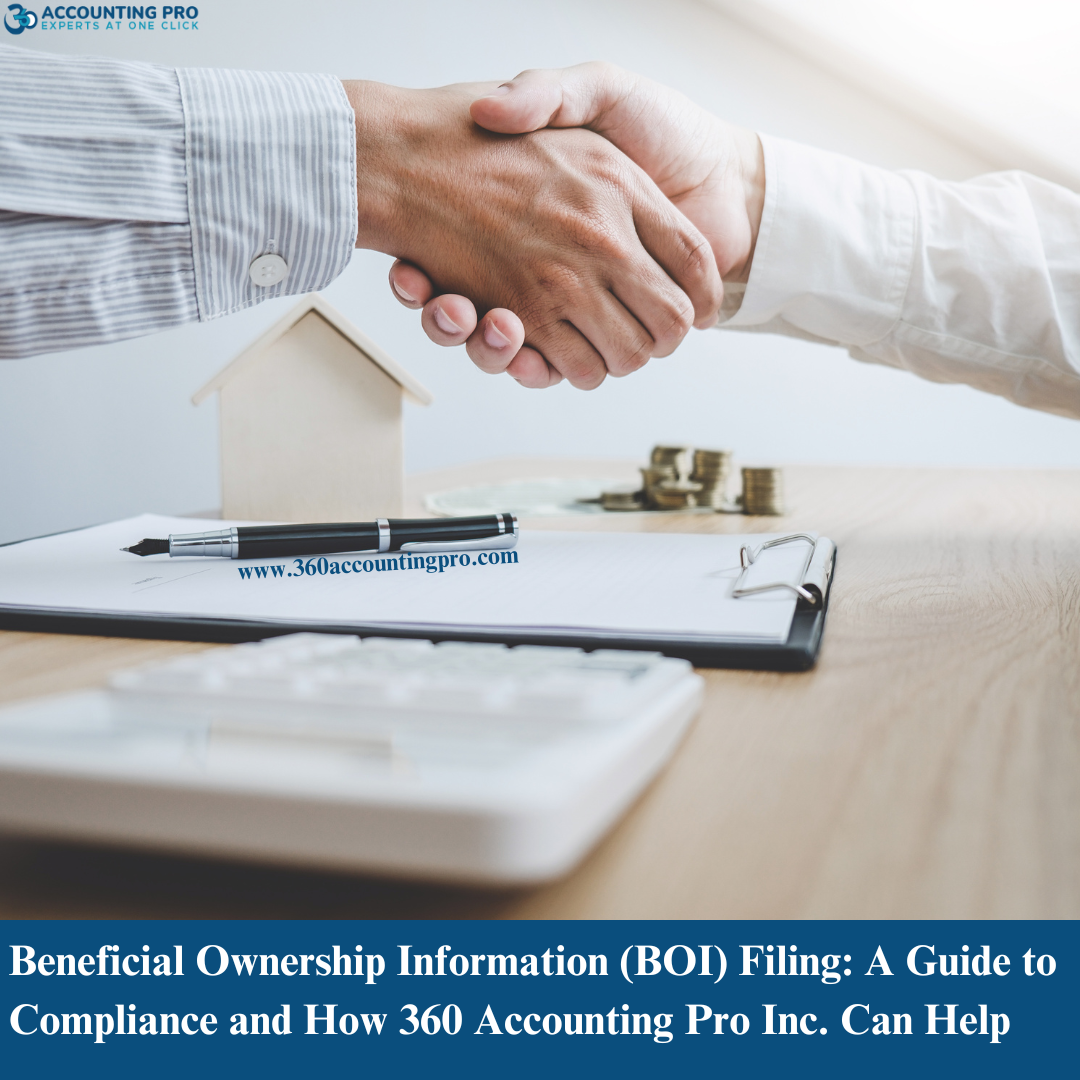
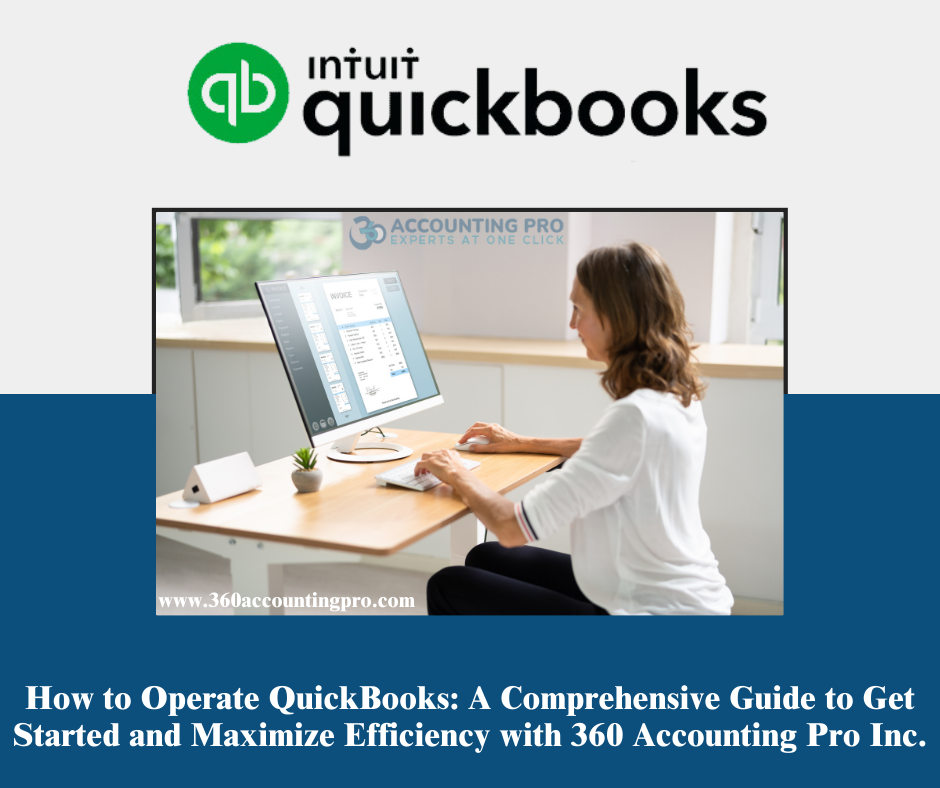

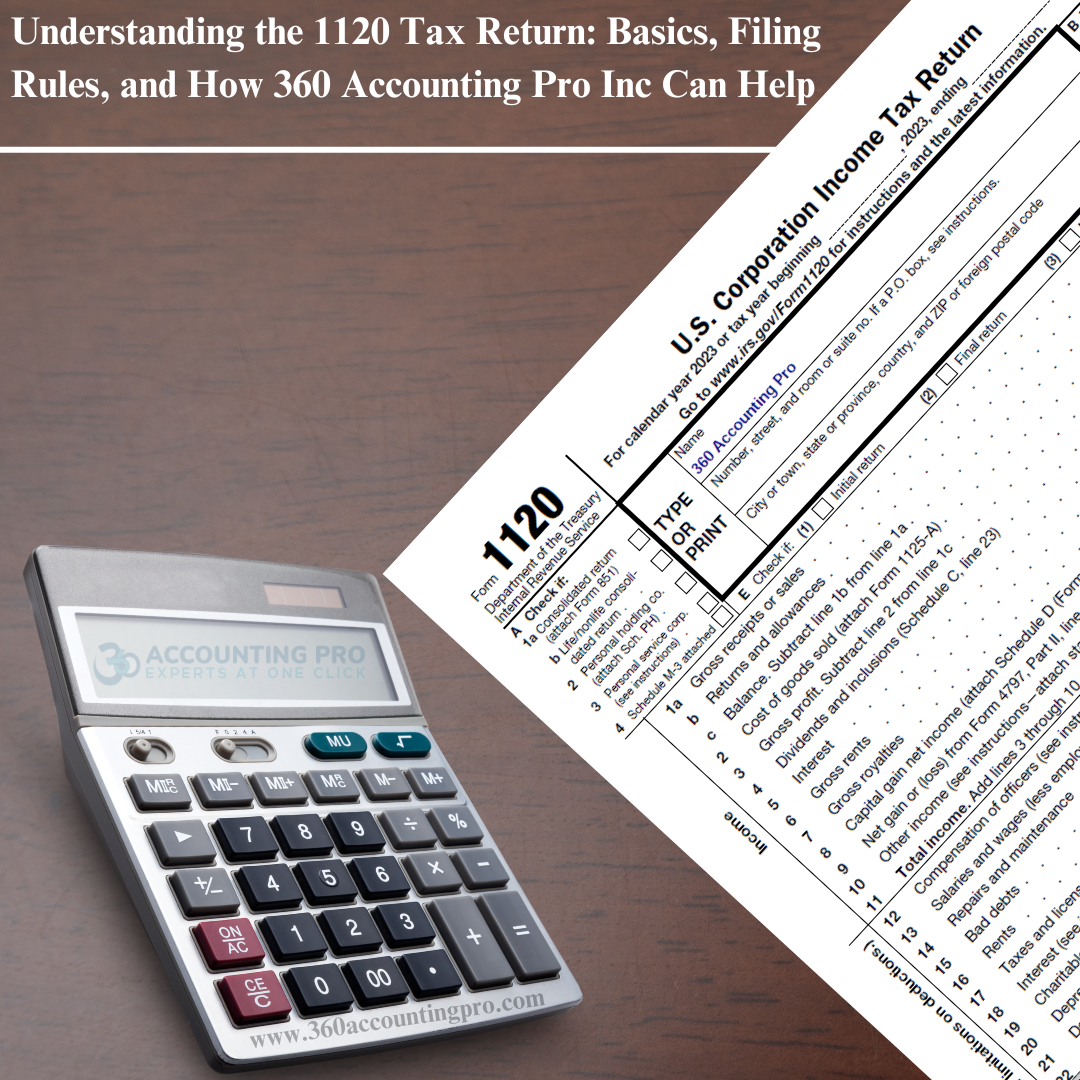

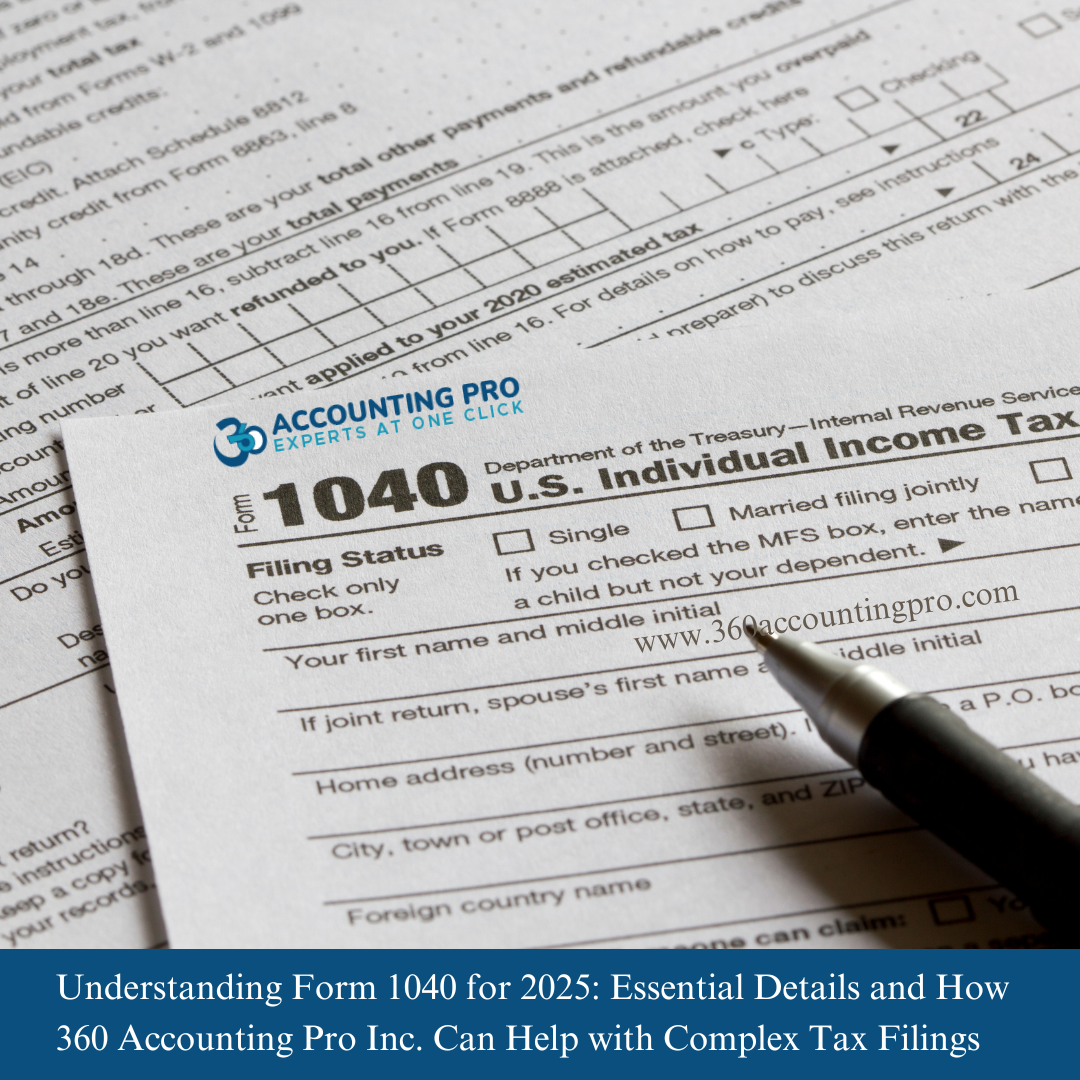




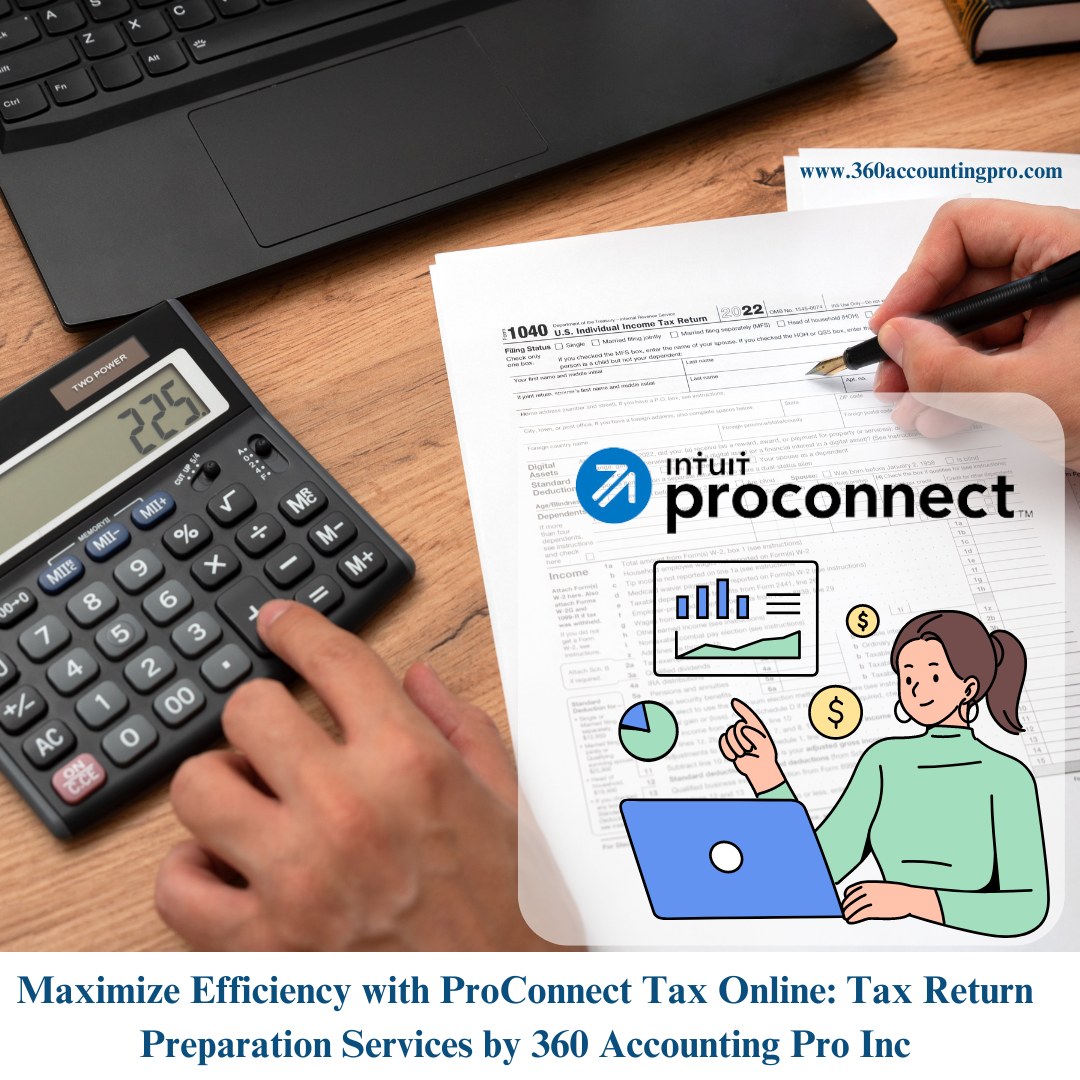




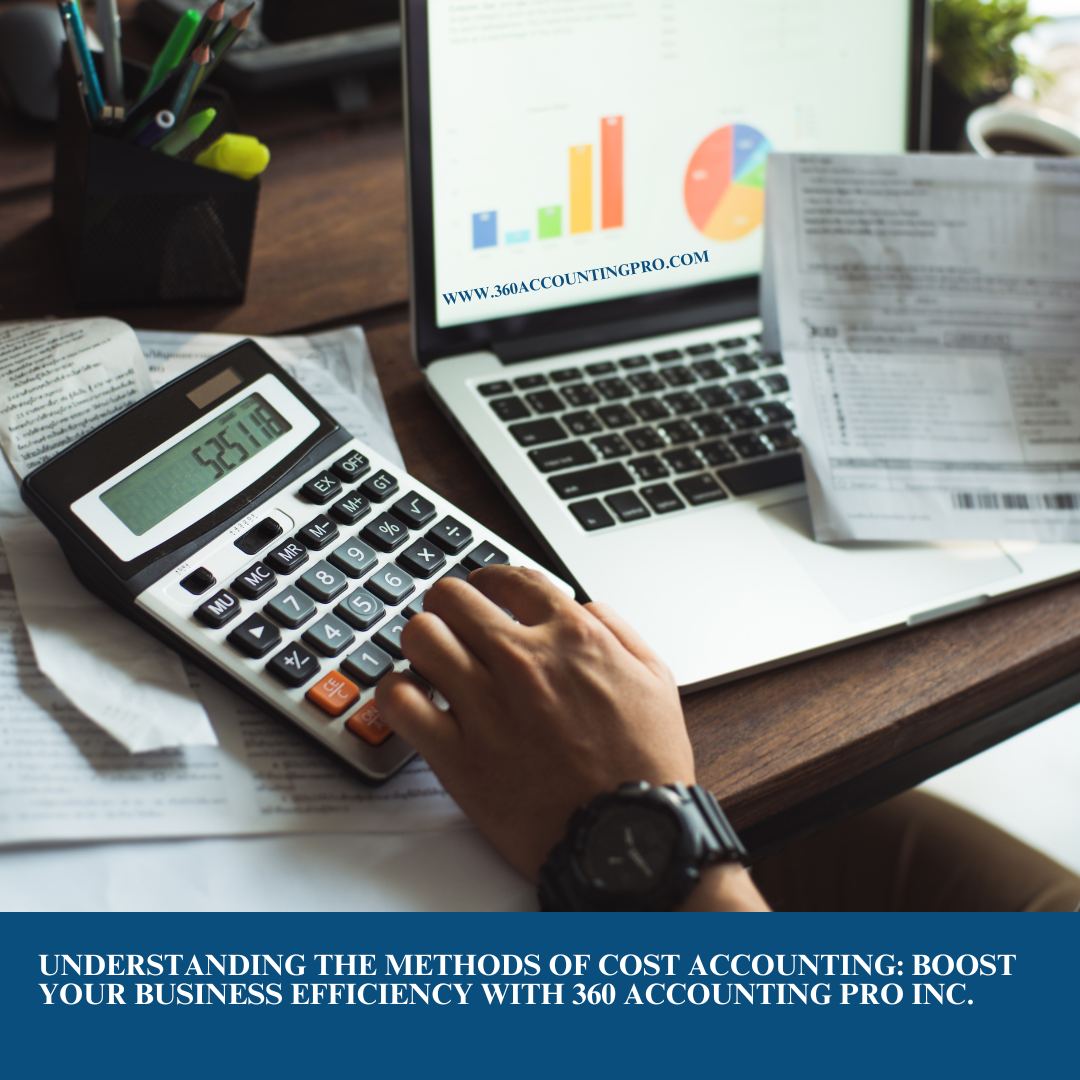
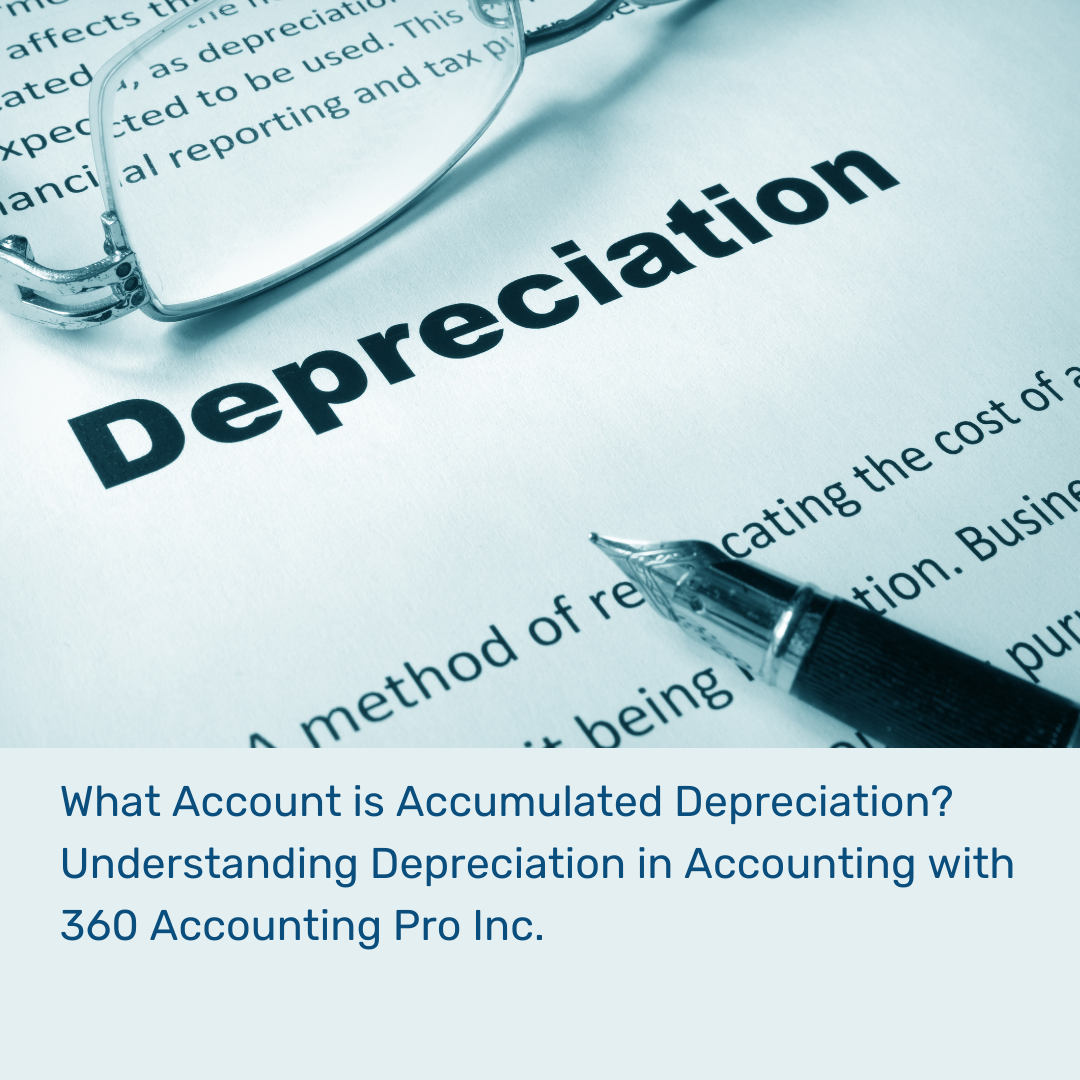












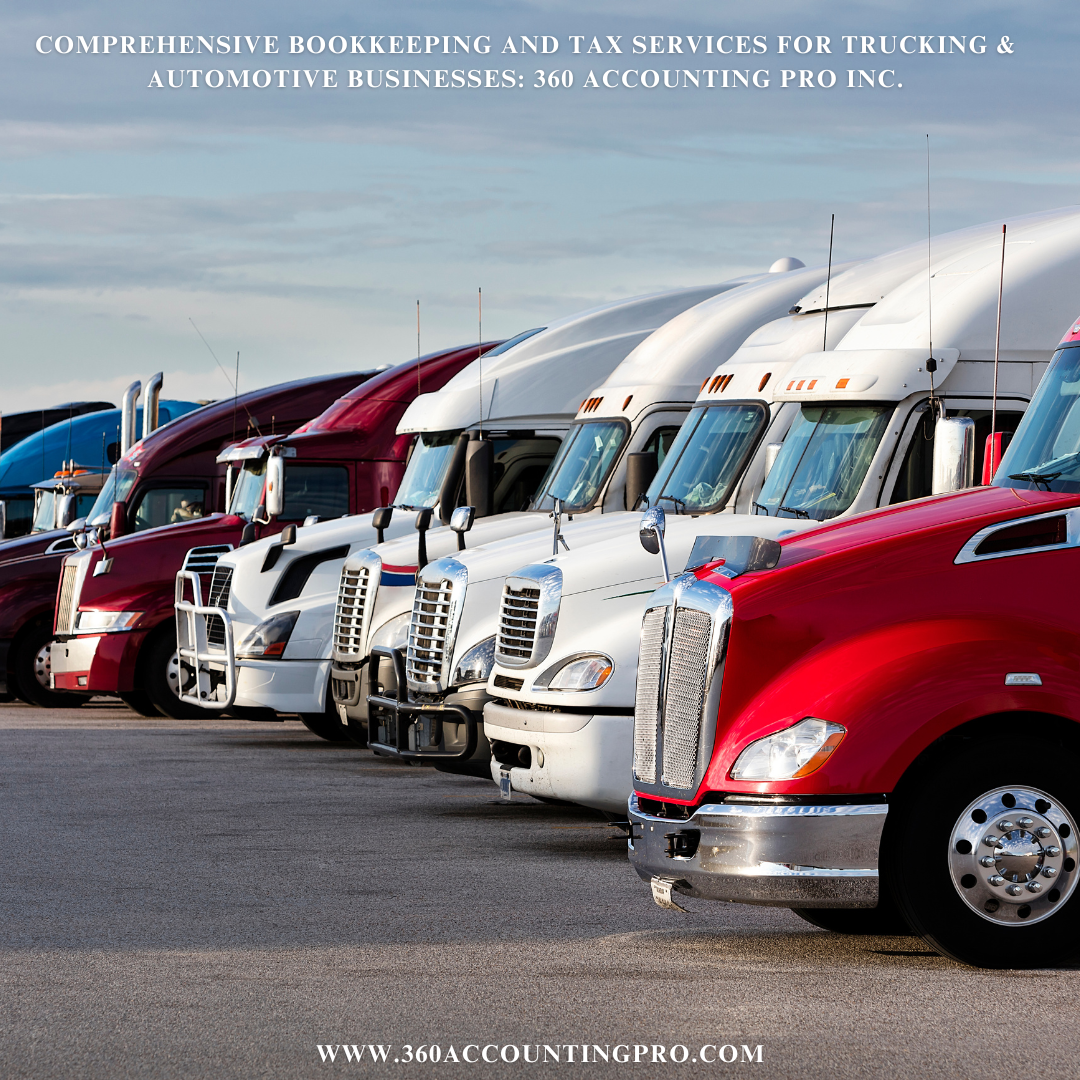










.jpg)
.jpg)
.jpg)
.jpg)


).jpg)




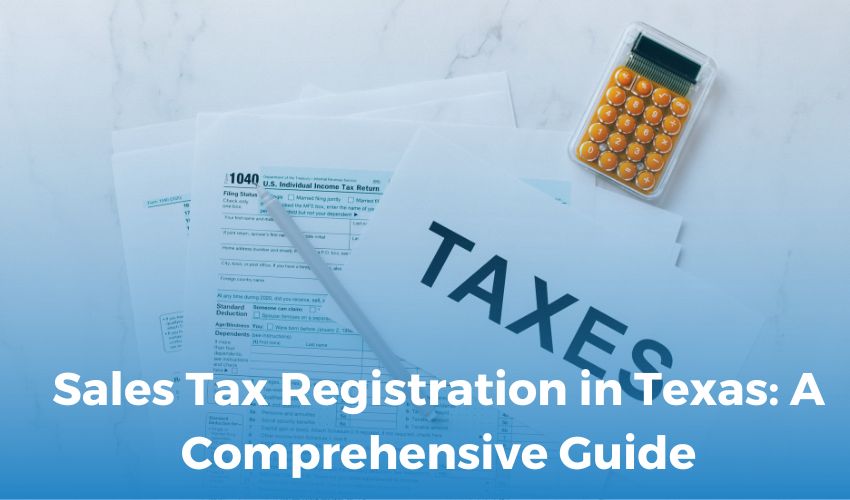
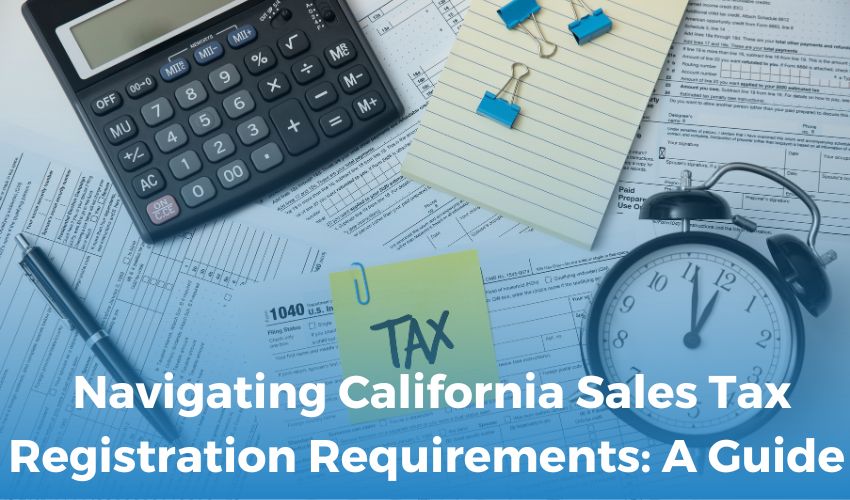





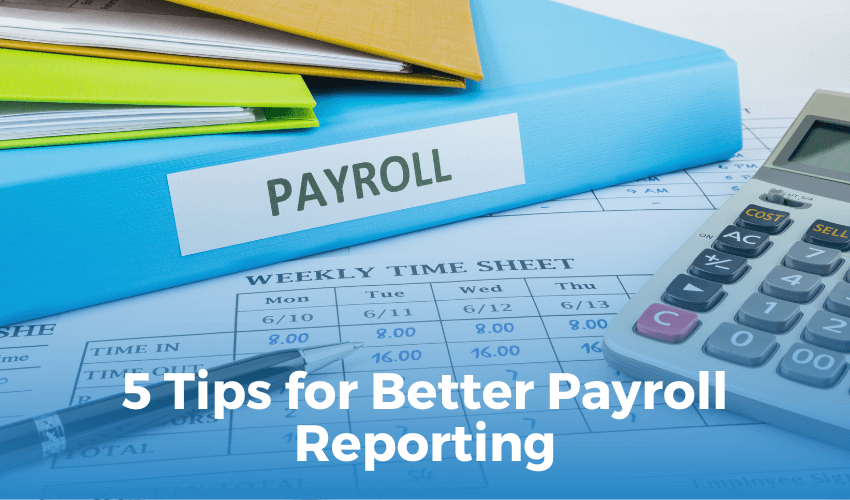
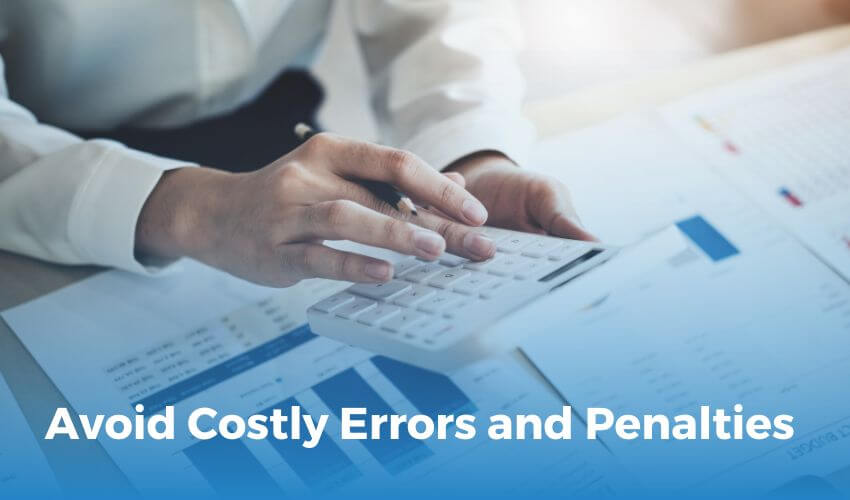

 Get A Quote
Get A Quote
Leave A Comment